Understanding how to communicate with a nonverbal autistic child is a challenge many parents, caregivers,…
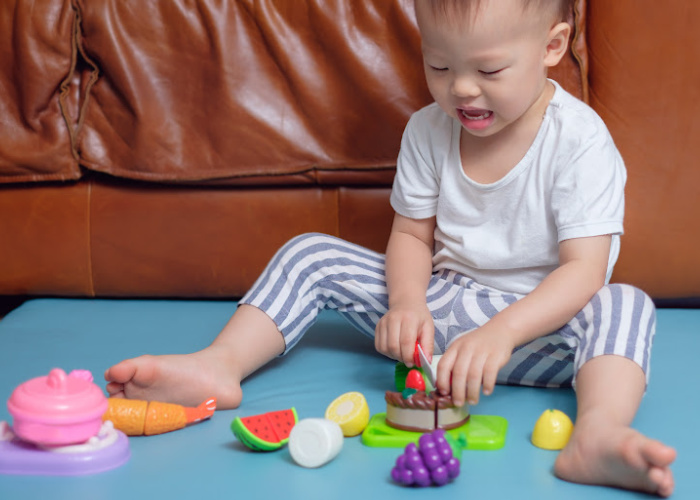
What are Sensory Toys for Autism? Your Guide to Sensory Toys
When it comes to supporting children with autism, there is an ever-growing range of toys specifically designed to address their unique developmental needs.
One of the most popular and effective types of these toys is sensory toys. Sensory toys for autism are crafted to provide the appropriate sensory input and stimulation to autistic children, helping them better manage the challenges associated with sensory processing.
With options like fidget toys, sensory balls, and chew toys, these sensory autism toys aim to stimulate every sense, from textures to sounds and even motor skill development.
Our guide offers a comprehensive understanding of sensory toys and their significant role in enhancing the lives of children with autism.
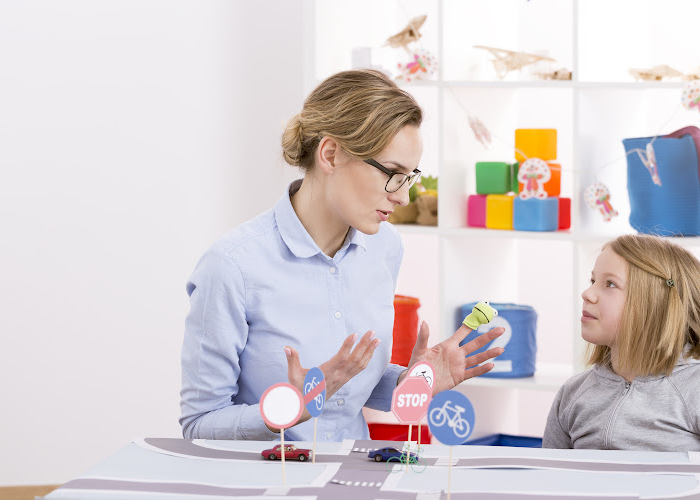
Understanding Sensory Toys and Autism Spectrum Disorder
Children on the autism spectrum often face unique challenges related to sensory integration, affecting their ability to process the world around them.
Sensory toys play an essential role in helping them manage sensory overload and establish healthy coping mechanisms.
This section examines the close connection between sensory toys and Autism Spectrum Disorder (ASD) and explores their use as invaluable therapeutic aids to address sensory-processing-related challenges.
At the core of ASD lies sensory processing disorder (SPD), a condition that hinders an individual’s capacity to interpret and react to sensory input.
This may result in either hyper- or hypo-sensitivity to various stimuli, leading to sensory overload or the need for additional stimulation.
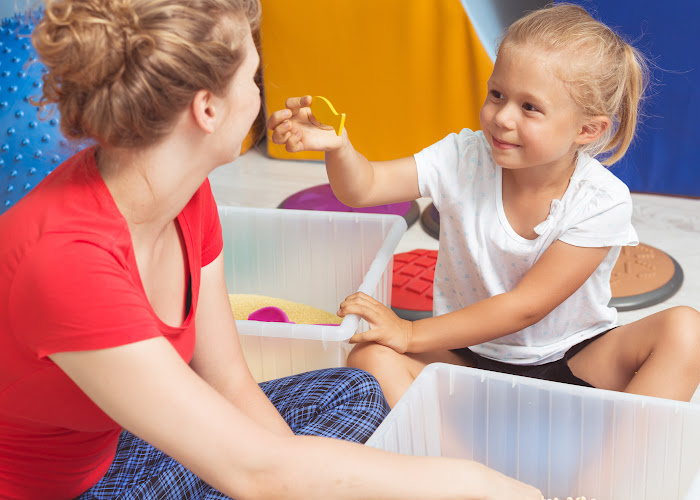
When it comes to addressing the special needs of autistic children, sensory toys serve as a bridge, assisting them in integrating sensory experiences in a way that is both comfortable and engaging.
Sensory integration is crucial for all children, particularly those on the autism spectrum; it enables them to process sensory input from their environment effectively.
Sensory toys that feature different textures, visual experiences, and other stimulating qualities contribute to an autistic child’s sensory integration by providing crucial exposure to various sensory stimuli in a controlled and non-threatening manner.
- Textured toys that help develop tactile sensitivity, such as stress balls or toys with varying textures.
- Visual stimulation toys like liquid motion timers or spinning light-up gadgets.
- Auditory stimulation toys, for example, musical instruments or toys that generate soothing sounds.
These toys are essential components of a child’s sensory diet, offering a well-rounded selection of sensory experiences that aid in their daily living and enhance learning and engagement.
Carefully selecting sensory toys that cater to individual needs can vastly improve a child’s ability to process sensory information, resulting in more productive and enjoyable learning sessions.
Parents and caregivers must understand the importance of incorporating sensory toys into the daily routine of an autistic child.
Recognizing that each child is unique and may require specific adjustments to their sensory diet is vital.
A better grasp of the purpose and benefits of sensory toys will empower caregivers to support autistic children in facing the obstacles associated with sensory integration and live happier, more comfortable lives.
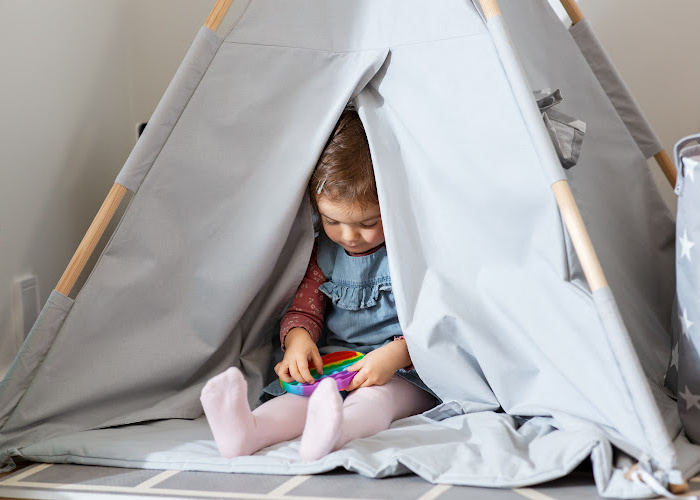
The Benefits of Sensory Toys for Autistic Children
Sensory toys play a crucial role in supporting the development of children with autism.
They offer various benefits, such as improving motor skills and coordination, creating calming environments, and promoting exploration and sensory play.
Improving Motor Skills and Coordination
Engaging with sensory toys can improve fine motor skills and hand-eye coordination in children with autism.
These important life skills develop as children manipulate toys that require different levels of control and precision. Motor development is a key factor in achieving balance and enhancing overall skills in autistic children. Examples of helpful toys in this area include:
- Puzzles
- Building blocks
- Fidget toys
- Art and crafts materials
Regular play with such toys can aid in motor development and improve coordination in autistic children.
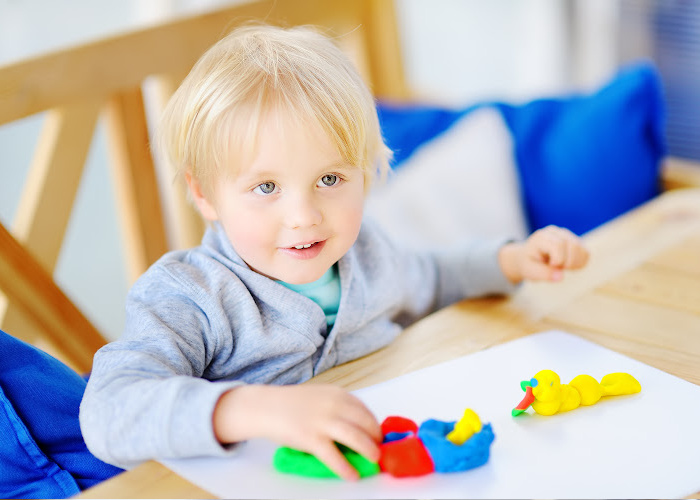
Creating a Calming and Focused Environment
Autistic children often experience increased levels of stress and difficulty concentrating, making the ability to create a calming environment essential.
Sensory toys can help regulate emotional responses and provide a sense of relaxation and safety, particularly when incorporated in a sensory room.
Using calming toys like sensory balls can help reduce stress and enhance focus and concentration in the child’s learning environment. Other examples of calming toys include:
- Weighted blankets or lap pads
- Sensory swings
- Aromatherapy diffusers
- Sound machines
These toys help establish a sense of calm in the child’s environment, fostering better concentration for learning.

Encouraging Exploration and Sensory Play
Exploration and sensory play are vital components of a child’s development. By engaging the senses with sensory toys, children can learn about their environment in a safe and enjoyable manner.
Toys that provide auditory, olfactory, tactile, and visual stimulation offer a range of sensory experiences, promoting cognitive skills and enhancing sensory processing capabilities.
Examples of sensory toys that engage different senses include:
- Rainmaker toys (auditory)
- Scented play-dough (olfactory)
- Textured balls (tactile)
- Kaleidoscopes (visual)
Including sensory toys in the child’s playtime allows them to explore and engage with their environment, supporting their development in numerous ways.
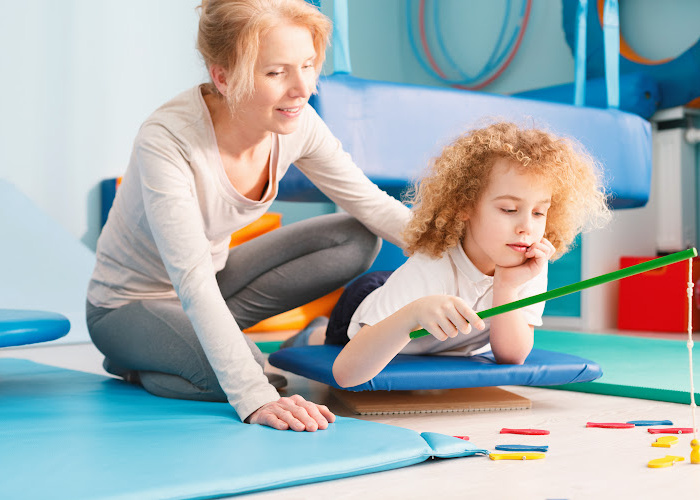
Conclusion
Sensory toys have proven to be highly beneficial in stimulating the senses and supporting the development of autistic children.
These specialized toys serve as effective sensory tools, engaging children in activities that help regulate their emotions, improve motor skills and hand-eye coordination, and encourage exploration and sensory play.
Adopting a variety of sensory toys as learning resources can aid autistic children in better processing sensory information and adjusting to their environment.
With a wide range of options available, caregivers can provide suitable toys for individuals of any age on the autism spectrum.
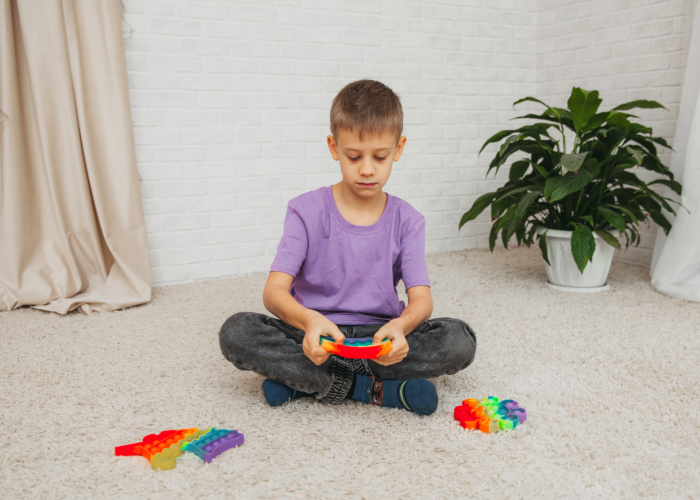
Frequently Asked Questions
In this section we answer your frequently asked questions on sensory toys.
What are sensory toys, and how do they differ from regular toys?
Sensory toys are specifically designed to engage one or more of the senses, such as touch, sight, or hearing, to provide sensory stimulation and support skill development. They often have different textures, make sounds, or require manipulation to help autistic children with sensory processing challenges, which regular toys might not address.
How do sensory toys help children on the autism spectrum?
Sensory toys provide appropriate sensory input for autistic children, helping them manage sensory processing difficulties. They help reduce sensory overload and offer a calming and focused environment, improving motor skills, coordination, and other crucial areas of development.
Can sensory toys be used by adults on the autism spectrum?
Yes, sensory toys are suitable for all ages, including adults on the autism spectrum. These toys can provide stress relief, relaxation, and a way to cope with sensory issues, leading to improved productivity and wellbeing.
What types of sensory toys are available for autistic children?
There is a huge range of sensory toys available for autistic children, including fidget toys, sensory balls, chew toys, toys with different textures, auditory stimulation toys, and visual sensory items. These toys are designed to cater to various sensory needs and preferences, encouraging sensory exploration and promoting skill development.
Are sensory toys suitable for children with ADHD and other special needs?
Yes, sensory toys can be beneficial for children with ADHD, as well as those with other special needs. These toys can help with focus, concentration, stress relief, and relaxation, meeting a variety of sensory needs and preferences.
How can I find the most suitable sensory toys for my child on the autism spectrum?
To find the most suitable sensory toys for your child, first identify their specific sensory preferences, needs, and challenges. Consider age-appropriate options and consult with experts, such as therapists or educators, who can provide guidance on the best sensory toys. Additionally, explore the vast collection available in most stores or online to make informed decisions and purchase from reputable sources.

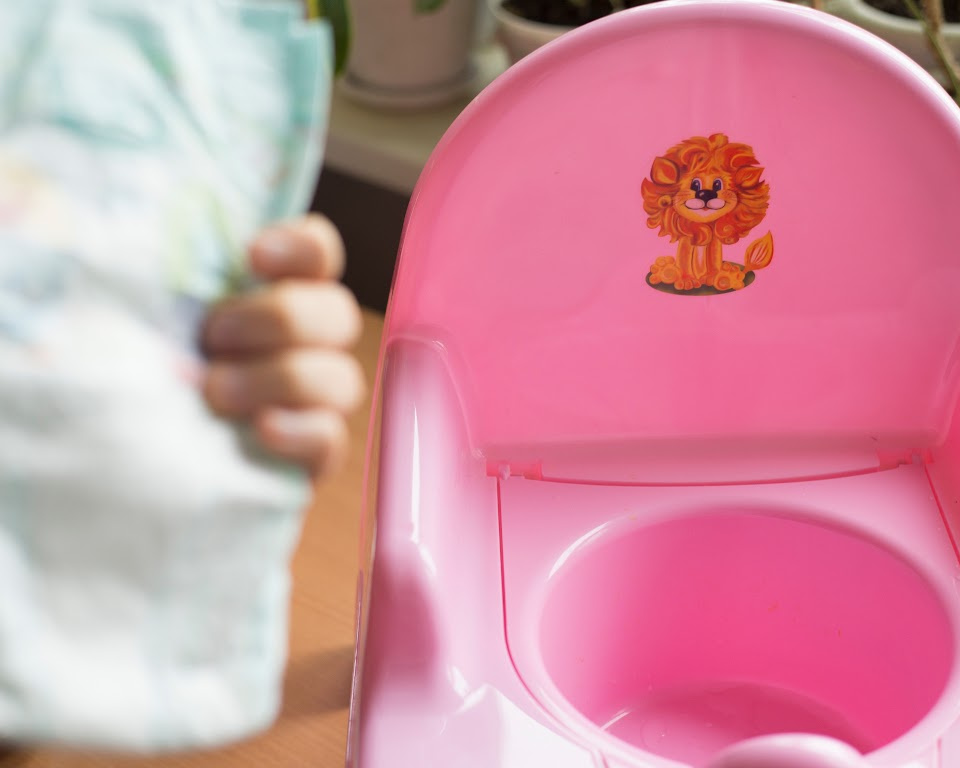

This Post Has 0 Comments